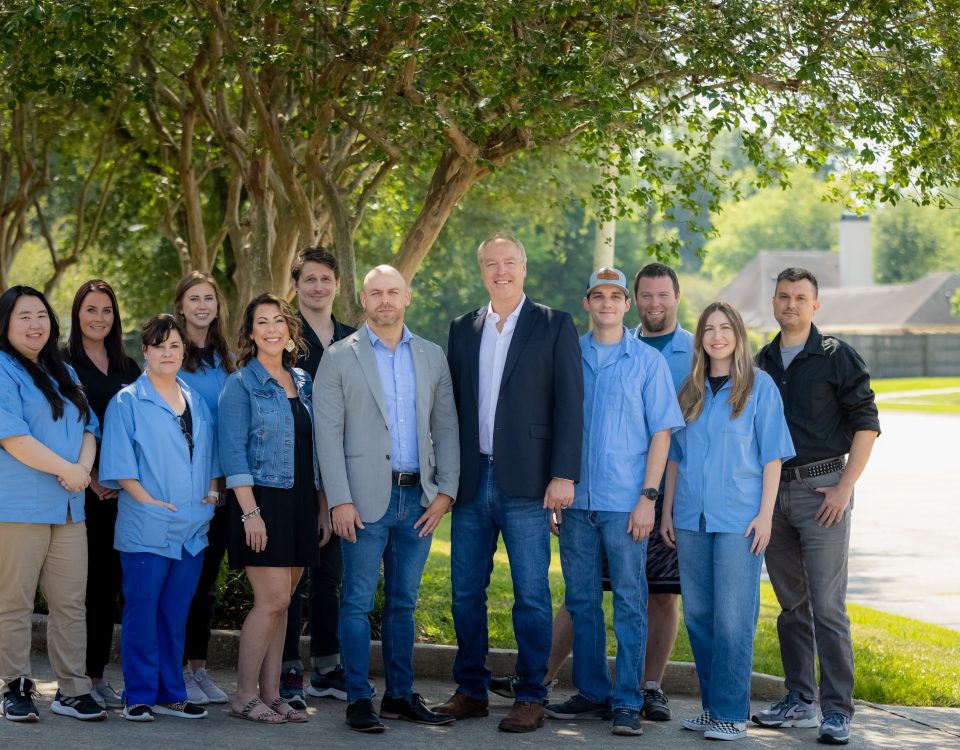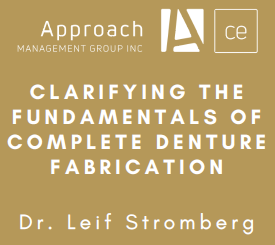- How can we help?
- +1 800-320-0230
- 225-927-8917
- info@bayoustatelab.com
Capturing and Communicating the Correct Shade

Achieving Broad Contacts
October 15, 2018
Digital Dentistry Open House Prime
March 1, 2019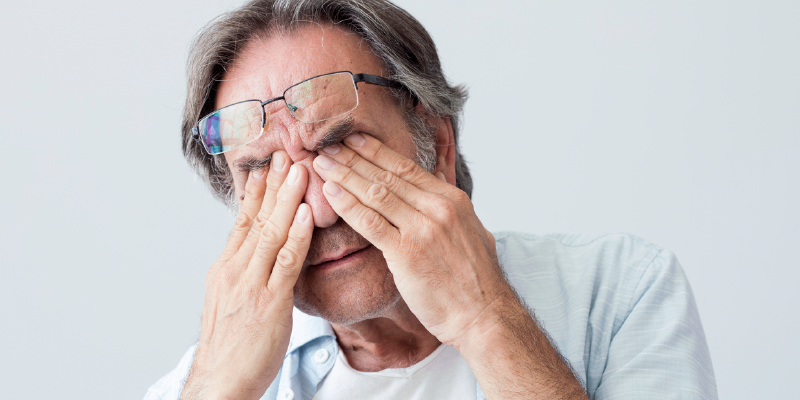
There are several factors that come in to play when communicating shades between the dental office and the laboratory. When it comes to restoring we must minimize the errors in shade taking and communication. Numerous things can cause errors when taking a shade such as lighting, eye strain or tiredness, caffeine, certain medicines, the cleanliness of the patient’s teeth, whether or not the patient has been or plans to bleach. Even with all the variables for error, there are ways we can correctly capture and communicate shades.

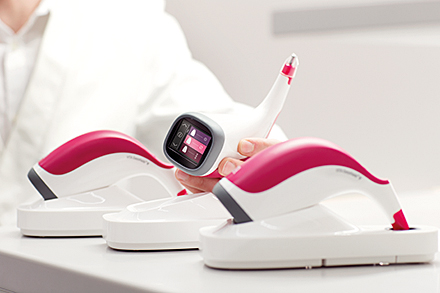
There are a couple great tools available that will assist in capturing shades. Digital shade taking devices like the Vita Easy shade can read the patients shade by shooting a light in to the natural tooth. These devices are great for getting you in a range but can’t always read custom colors and characterizations. These digital devices also cost a pretty penny to purchase so they may not be in the budget for every office. The other great tools you have available are shade guides and the human eye. This is traditionally the most common way and can be very accurate if done properly. So let’s look at this method of taking a shade and see what we can do to optimize this process.
First we recommend replacing your shade guides every couple of years. Aging shade guides will produce inaccurate results. A very important thing to do is to take the shade before preparing the teeth. If you wait until after you’ve prepared the patient’s teeth dehydration will cause inaccuracies with the shade. Lighting is key, natural lighting or color corrected lighting is a must when taking a shade. I’ve been in many offices that are dimly lit with yellow lighting. The odds that these offices are capturing the correct shades are pretty low. You also have to take eye fatigue in to consideration. As a lab tech I know that eye fatigue has a lot to do with correct shade matching. You should not take shades later in the day as your eyes will tend to be more strained and fatigued being under the operatory lights all day. It is also recommended not to stare at the teeth for more than 10 seconds as your eyes can strain while performing the shade matching. This may sound silly but, be sure the person taking the shades in your office is not color blind and that they understand chroma, hue, and value of teeth. It’s a great idea to have the person designated to take shades in your office to study the color wheel. A helpful tip for resetting and relaxing your eyes is to look at a blue background. If you can afford a digital shade device you can use that along with the traditional method to capture an accurate result. Let’s say you’ve done everything right in mapping your patients shade, there’s still a crucial task at hand, correctly communicating this with the lab. Here are some great ways to communicate with us.
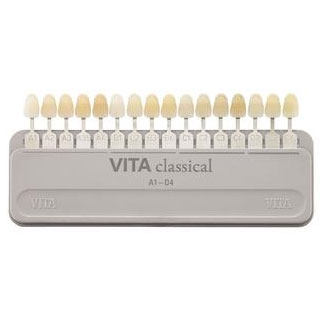
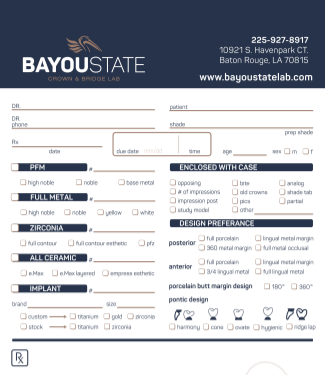
Use the prescription! That may sound like common sense but a lot of times the information is not written on the prescription, and yes we would love to be able to read minds but unfortunately, we can’t. We’ve made it pretty easy with an outline of a tooth on our prescription for you to use to help relate the shade, texture, and sheen (dull or highly glazed). Pictures are great but only if taken correctly. Using just your iPhone alone is not a great way for us to see color. Taking a picture with a SLR camera to close with a bright flash essentially washing out all the color is a waste of time. Taking a good picture but not including the shade tab does not help us out. What we’ve found that works well is the Smile Lite MDP.
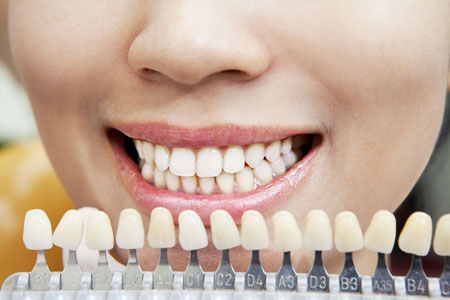

The Smile Light is a light diffuser that helps tone and allows you to capture a more color corrected photo. For great results use your cellphone with the smile lite, make sure the shade tab is in the picture and be sure to make all notes regarding texture and sheen on the prescription. That’s a great combination for shade communication success! For our local doctors that have a tough shade to map, send the patients to Bayou State Lab where we can do the custom shade mapping in our custom built shade room.
If we correctly use the tools we have, communicate with each other, your patient’s restorations will be more successful. Here at Bayou State Lab we are always striving to find clear and convenient ways to communicate with our doctors. If you would like to schedule a visit with us, we’d love to come and talk with you about how we can help your practice.



